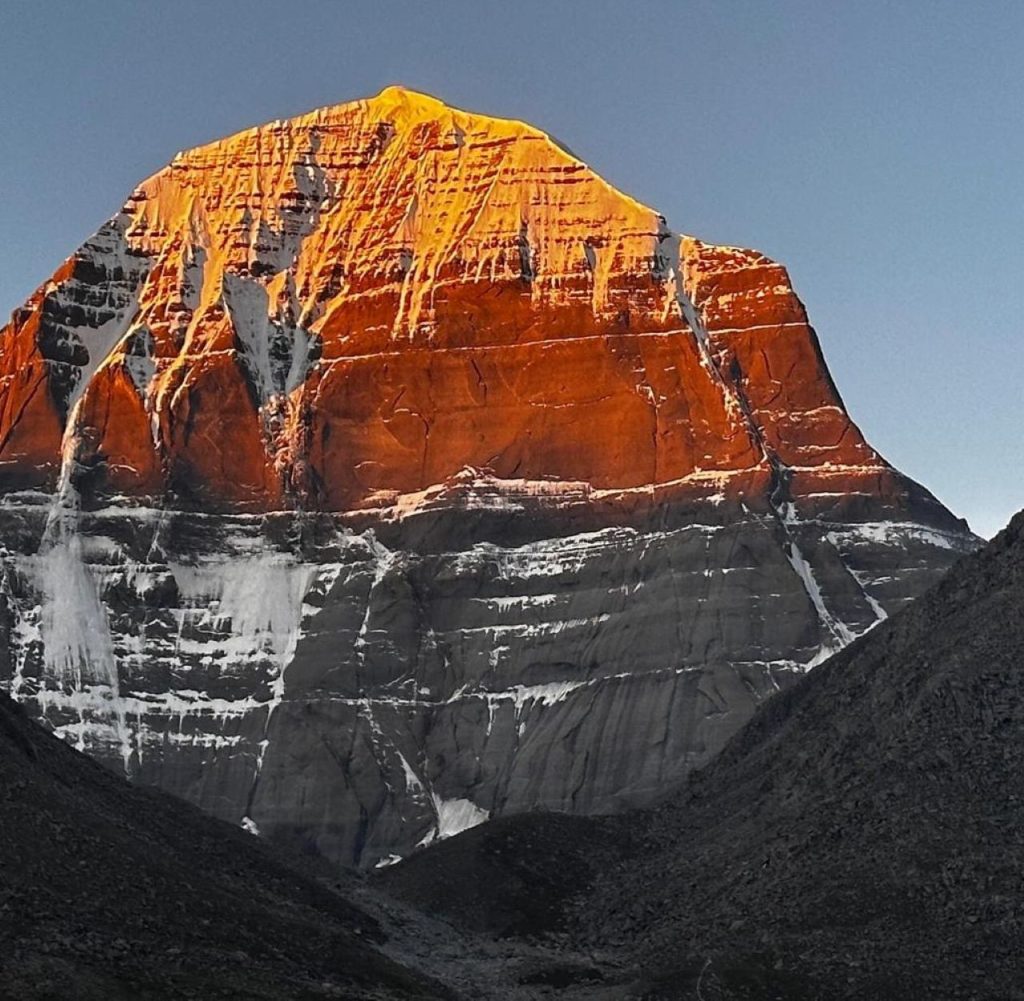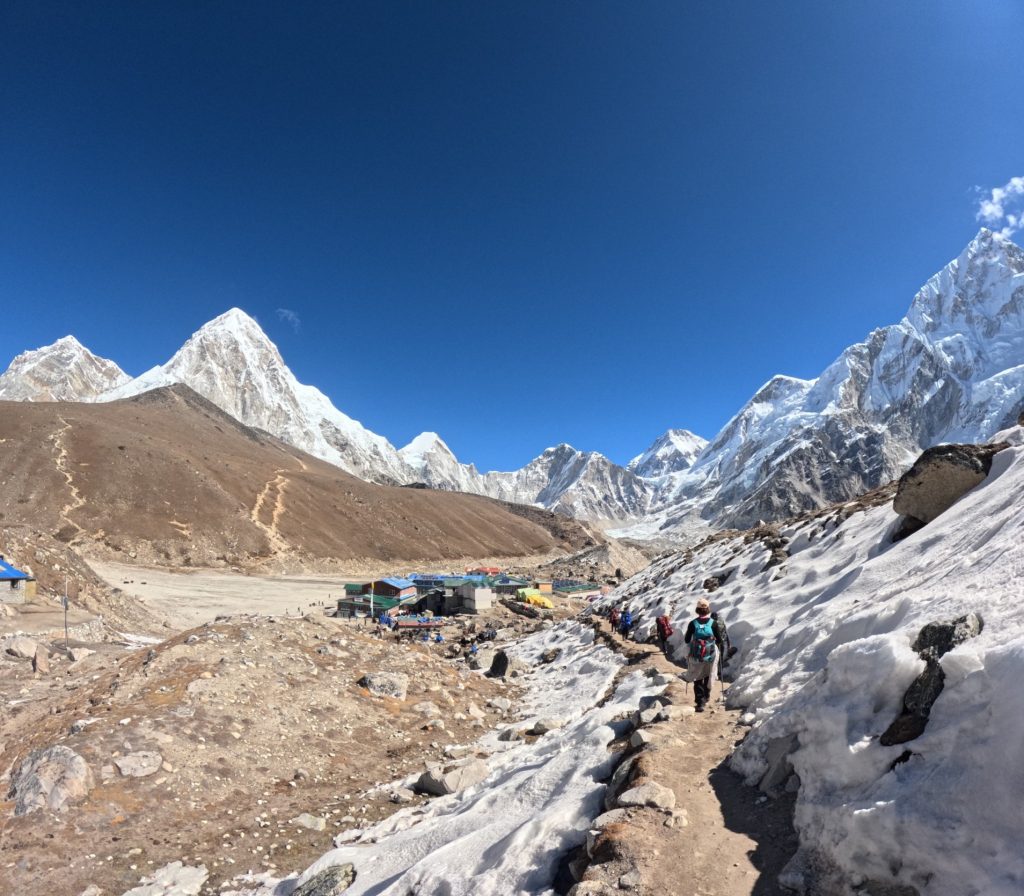Annapurna Circuit trek risks are your top concern if you are planning to trek Annapurna Circuit. Every exciting adventure has difficulties and risks. The feeling of not knowing what will happen next makes the journey interesting. Going to the Annapurna Circuit Trek is an amazing journey with beautiful scenery, chances to learn about other cultures, and opportunities to make lasting memories can all be found on the Annapurna circuit. However, it also presents some difficulties and risks that must be considered.
Table of Contents
The Annapurna Circuit trek presents numerous challenges and risks, including altitude sickness, unpredictable weather, physical demands due to rough terrain, limited access to healthcare in remote areas, cultural diversity, wildlife encounters, and potential theft or scams. You must be physically fit and mentally prepared to navigate these challenges while aware of potential communication and safety issues. By preparing for these uncertainties, you can fully enjoy the beauty of the Annapurna Circuit.
Some Risks on the Annapurna Circuit Trek
Here are the detailed risks that you may face during the Annapurna Circuit Trek:
Altitude Sickness:
Altitude sickness happens when your body doesn’t get enough oxygen at high places. Common symptoms include nausea, headaches, instability, and difficulty breathing. To manage altitude sickness, it’s essential to understand its symptoms, acclimatize gradually, monitor health, stay hydrated, use medications, and consider supplemental oxygen if necessary. It’s important to consult with experienced guides and healthcare professionals for guidance on managing altitude-related challenges during high-altitude adventures.
Unpredictable Weather:
The weather in the Annapurna circuit is uncertain and unpredictable, which makes your trek more risky and difficult. The lower region experience heavy rainfall, but at higher altitude, it snows unexpectedly. Your safety needs to be prepared for suddenly changing weather conditions. Ensure you have the appropriate clothing and equipment to deal with these changes.
Waterborne Disease:
Water from natural sources along the journey may be polluted with contaminants that might make you sick. Pack water purification tablets or a water filter; never consume unpurified water. It is essential to drink enough water, but we must do it securely.
Snowslides and Landslides:
During the monsoon season, there is a greater chance of snow and landslides. It is important to stay informed about the local conditions and follow the advice of expert trekkers or guides to deal with these possible risks.
Animals risks:
As Annapurna Circuit is in the Himalayan region, yaks are common during trekking in the Himalayas and used for moving commodities. Dogs and sheep may also be seen, and a lack of knowledge about handling them can lead to injury or dangerous situations. The walk may expose you to bug bites and leeches, which are not harmful but can cause anxiety and fear.
Safety Tips To Trek in Annapurna Circuit
Proper research:
Before you start your trek, do a lot of research on the Annapurna Circuit.
Learn about the land, the climate in Annapurna Circuit, and other available resources. Knowledge is very helpful for staying safe while trekking.
Physical Preparation:
Being physically fit is necessary for trekking in the Annapurna Circuit. Exercise regularly a few months before your trip, concentrating on exercises to improve your strength.
Take Acclimatization:
To prevent altitude-related risks, take your time to acclimatize to the high altitudes. Climb slowly to reduce the chance of getting sick from high altitudes.
Pack First Aid kid:
Ensure you have a first-aid kit with bandages, wipes to clean wounds, medicine to relieve pain, and medicine for common sicknesses, as it can greatly help during your trek.
Stay Hydrated and Eat Nutritious food:
Make sure to drink a lot of water to avoid getting dehydrated in high altitudes, Boil or clean water from reliable sources. Eat a variety of healthy foods to keep your energy levels up.
The most important aspect should be ensuring your safety. Remember these safety precautions and be prepared for any risks that could arise during your journey around the Annapurna Circuit if you want to enjoy yourself and be safe in this wonderful location. This will help you appreciate the region’s beauty and culture while avoiding potential risks.
Hire a guide:
Hiring a guide who can show you around is extremely helpful. They know the way. They can talk to people who live there and help you talk to them, too, and they are ready for emergencies whenever they happen.
They know a lot about the culture and history of the region and can share that knowledge with you.
Weather-related Trekking Safety in Annapurna Circuit:
Detailed Weather Forecast:
For your trekking route, check the weather forecast, as the weather is unpredictable at Annapurna Circuit. At the teahouses and lodges along the path, local news is accessible. Based on the present and forecasted weather, decide whether to trek.
Choose Best Trekking Season:
The best times to trek in the Annapurna Circuit are the spring months (March to May) and the autumn months (September to November). During these times of the year, the weather is usually steady, with clear skies and favorable temperatures. To avoid weather-related risks, choose these two seasons.
Pack Wisely:
As the weather is uncertain in Annapurna Circuit, it is important to pack your bag wisely. Pack such gear and equipment as best as per your trekking time. Wear a thin and waterproof jacket and trousers when it’s raining. It can suddenly rain at higher places even when it’s not raining.
FAQs:
Is the Annapurna Circuit trek safe?
The Annapurna Circuit trek is safe if you take the right safety measures. However, the risks in the Annapurna Circuit include altitude sickness and unpredictable weather.
Do you need an oxygen Cylinder to trek the Annapurna Circuit?
You need to make your body comfortable with less oxygen gradually. All the studies on high altitudes show that it is very important to spend more time at a height of 3,500 meters or 11,500 feet to adjust to the conditions there. You may not need an oxygen cylinder while trekking Annapurna Circuit.
What is the most difficult part of the Annapurna Circuit Trek?
The difficult journey requires you to walk for about 6 to 8 hours daily, on average. In addition, you will be traveling a distance of 15 to 20 kilometers, so a basic fitness level is required to trek on Annapurna Circuit.





